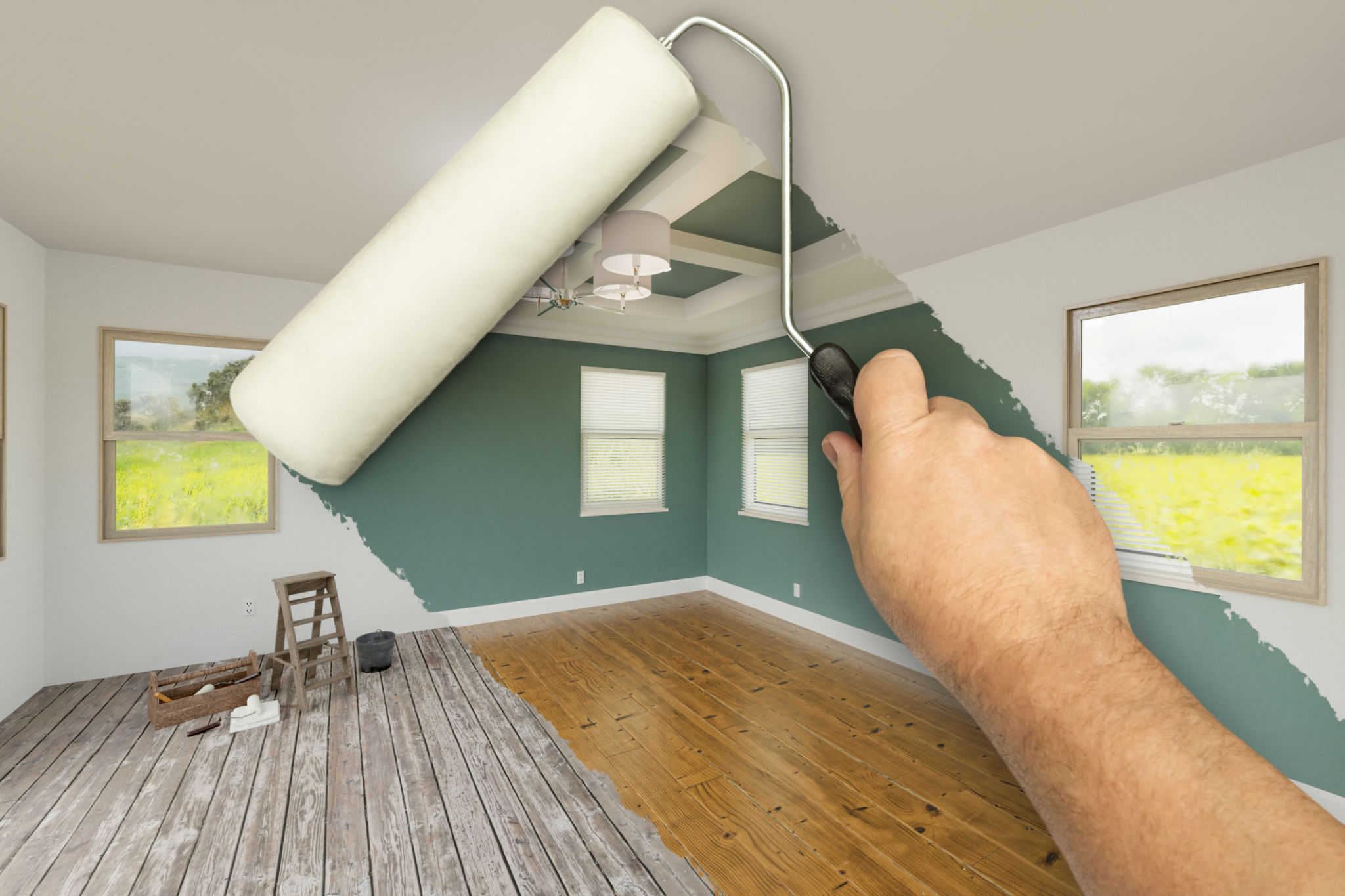Comparing UPVC Spray Painting vs. Traditional Painting: Which is Better?
JG
Understanding UPVC Spray Painting
UPVC spray painting has emerged as a popular option for homeowners looking to refresh and modernize the appearance of their homes. This method involves using specialized spray equipment to apply paint directly onto UPVC surfaces, such as windows, doors, and cladding. One of the key advantages of UPVC spray painting is its ability to provide a smooth, even finish that can transform the look of any property.
The process is relatively quick and requires minimal preparation compared to traditional painting methods. Additionally, UPVC spray painting allows for a wide range of color options, enabling homeowners to customize their exteriors to suit their personal style.

The Benefits of Traditional Painting
Traditional painting involves using brushes or rollers to apply paint to surfaces. It has been the go-to method for many years and offers its own set of benefits. One of the most significant advantages of traditional painting is its versatility. This method can be applied to a variety of surfaces beyond UPVC, including wood, metal, and plaster.
Moreover, traditional painting provides the opportunity for intricate detailing and is ideal for projects where precision is required. Many homeowners also appreciate the hands-on approach of traditional painting, which allows for greater control over the application process.

Cost Comparison
When it comes to cost, there are notable differences between UPVC spray painting and traditional painting. Generally, UPVC spray painting can be more cost-effective in the long run. This is primarily because it requires less paint and labor due to its efficient application process. Additionally, spray painting typically offers a longer-lasting finish, reducing the frequency of repainting.
On the other hand, traditional painting might initially appear less expensive due to lower material costs. However, the labor-intensive nature of this method can increase overall expenses, especially for large-scale projects.
Durability and Maintenance
Durability is a critical factor when deciding between UPVC spray painting and traditional painting. UPVC spray-painted surfaces are known for their resilience and resistance to peeling or cracking. The specialized paint used in this process is designed to withstand various weather conditions, making it an excellent choice for outdoor applications.
In contrast, traditional paints may require more frequent maintenance, particularly in harsh climates. Regular touch-ups and repaints are often necessary to maintain the appearance and protection of the painted surfaces.

Environmental Considerations
Environmental impact is becoming an increasingly important consideration for many homeowners. UPVC spray painting is generally more environmentally friendly as it uses water-based paints that emit fewer volatile organic compounds (VOCs) compared to some traditional oil-based paints.
Furthermore, the efficiency of spray application means less waste, contributing to a reduction in overall environmental impact. Traditional painting methods can still be eco-friendly; however, it often depends on the type of paint chosen and the painting techniques employed.
Making Your Choice
Deciding between UPVC spray painting and traditional painting ultimately depends on your specific needs and preferences. If you are looking for a quick, cost-effective solution with a modern finish, UPVC spray painting may be the way to go. However, if you value versatility and are working with various materials or require detailed work, traditional painting could be more suitable.
Both methods have their strengths and can provide excellent results when executed correctly. Consider factors such as cost, durability, environmental impact, and personal preference when making your decision.
